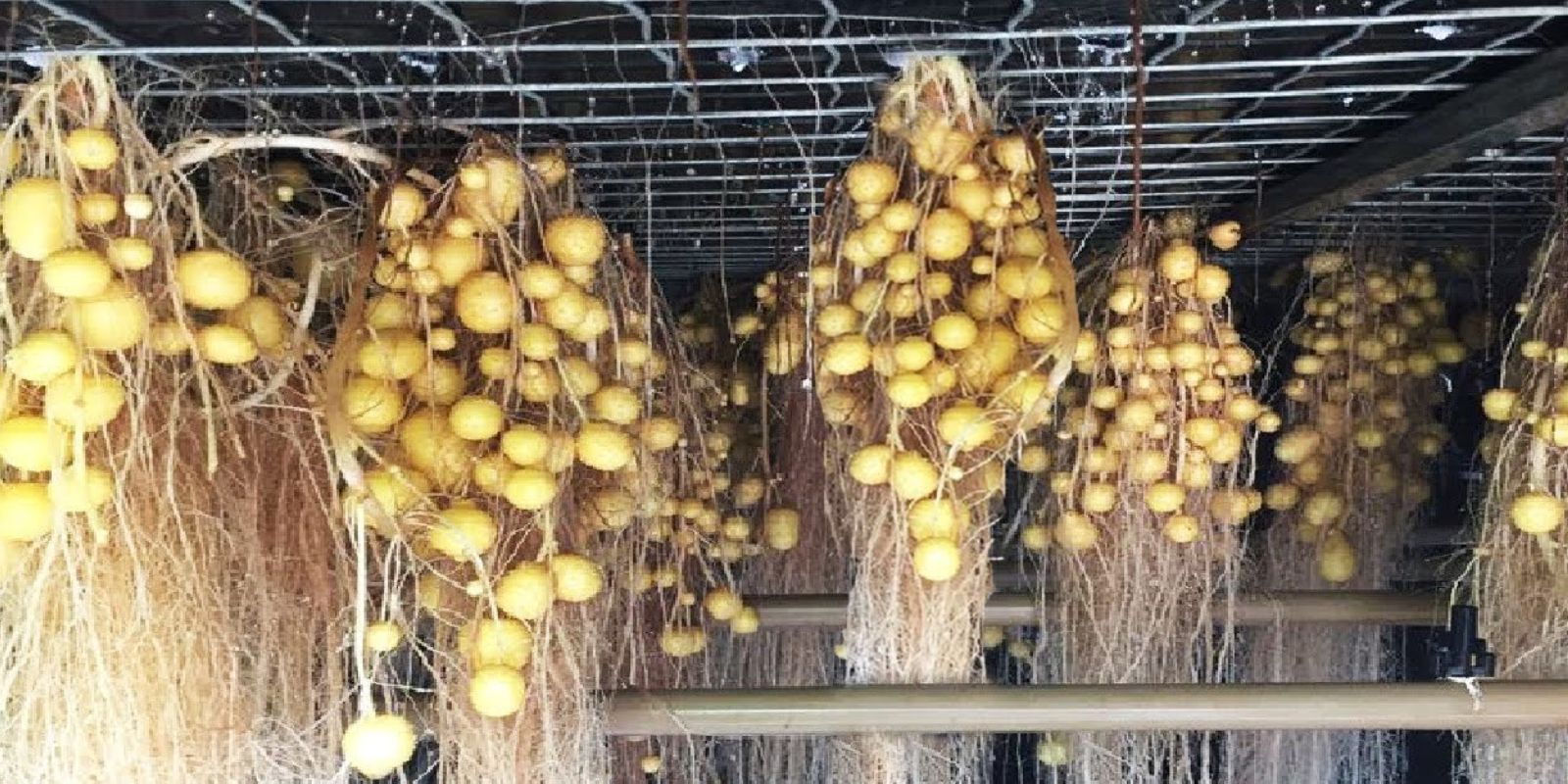When it comes to gardening innovations, growing potatoes without soil is a game-changer. This method is not only space-efficient and mess-free but also ideal for urban gardeners, those with limited access to fertile soil, or anyone looking to experiment with a sustainable approach to food production. In this article, we’ll walk you through the step-by-step process, benefits, and tips for mastering the art of soil-free potato cultivation.
Why Grow Potatoes Without Soil?
Potatoes are a versatile crop, but traditional cultivation can be labor-intensive, requiring large plots and digging through heavy soil. Soil-free methods, such as growing in straw or hydroponics, eliminate these challenges while offering additional benefits:
- Reduced Mess: Avoid dealing with muddy soil during planting and harvesting.
- Ease of Harvest: Simply lift the straw or container and pick your potatoes without digging.
- Space Efficiency: Perfect for small gardens, balconies, or patios.
- Pest Control: Minimize risks of soil-borne diseases and pests.
- Sustainability: Use biodegradable or recyclable materials like straw or old newspapers.
Materials Needed for Soil-Free Potato Growing
Before you start, gather the following:
- Seed potatoes: Choose certified, disease-free potatoes with visible “eyes” or sprouts.
- Straw or shredded newspaper: Acts as the growing medium.
- Containers: Burlap sacks, crates, or grow bags are excellent choices.
- Watering can or hose: To keep the medium moist.
- Fertilizer (optional): Organic compost tea or liquid fertilizer for additional nutrients.
Step-by-Step Guide to Growing Potatoes Without Soil
1. Select Your Growing Area
Pick a location with plenty of sunlight, as potatoes require at least 6–8 hours of direct light daily. This method works well outdoors on patios, balconies, or even rooftops.
2. Prepare the Container
Choose a breathable container, such as a grow bag, burlap sack, or wooden crate. These allow proper aeration and drainage, essential for healthy plant growth.
3. Create the Base Layer
Start by adding 3–4 inches of straw or shredded newspaper to the bottom of your container. This layer acts as a cushion for your seed potatoes and promotes drainage.
4. Position the Seed Potatoes
Place your sprouted seed potatoes on the straw layer. Ensure that the “eyes” (sprouts) are facing upwards for optimal growth. Space them about 6–8 inches apart to allow room for tuber formation.
5. Add the First Covering Layer
Cover the seed potatoes with another 4–5 inches of straw. Avoid packing the straw tightly—light, fluffy layers are ideal for tuber development.
6. Water Thoroughly
Use a watering can or hose to moisten the straw evenly. Keep the medium moist but not soggy to prevent rotting.
7. Maintain Growth with Layering
As the potato plants grow, add more straw to cover the stems, leaving only the top leaves exposed. This layering process encourages the development of more tubers along the buried stems.
8. Monitor and Care for Your Plants
Check your plants regularly for signs of pests or diseases. Maintain consistent moisture levels, and consider feeding your plants with compost tea or diluted organic fertilizer every 2–3 weeks.
9. Harvesting Made Easy
When the plants flower and their leaves start to yellow, it’s time to harvest. Simply remove the straw layer by layer to reveal your potatoes. No digging is required!
Tips for Successful Soil-Free Potato Cultivation
- Choose the Right Varieties: Early-maturing varieties like Yukon Gold or Red Norland are ideal for container and straw-based growing.
- Keep an Eye on Moisture: Straw dries out faster than soil, so regular watering is essential.
- Avoid Overcrowding: Proper spacing ensures each plant has enough room to produce a bountiful yield.
- Replenish Nutrients: Straw lacks natural nutrients, so occasional feeding is necessary for optimal growth.
- Prevent Weeds: Using clean straw reduces the risk of weed growth.
Alternative Method: Hydroponic Potato Growing
For an even more futuristic approach, consider growing potatoes hydroponically. This involves suspending seed potatoes in a nutrient-rich water solution instead of soil or straw. While it requires a bit more setup and technical knowledge, hydroponics offers precise control over growing conditions and can produce impressive yields.
Advantages of Soil-Free Potato Growing
- Sustainability: Utilize recycled materials, such as old crates or newspapers, for a low-impact gardening method.
- Accessibility: This method is suitable for all gardeners, regardless of space or soil quality.
- Clean Harvests: Potatoes grown without soil are cleaner and require minimal washing.
- Innovative Learning: Experimenting with non-traditional methods enhances your gardening skills.
Common Challenges and Solutions
Challenge: Straw dries out too quickly.
Solution: Add a layer of mulch on top or water more frequently.
Challenge: Potatoes are small or underdeveloped.
Solution: Ensure proper layering of straw and provide adequate nutrients.
Challenge: Pest infestations.
Solution: Monitor plants closely and use organic pest control measures, such as neem oil or companion planting.
Conclusion
Growing potatoes without soil is a simple, rewarding, and environmentally friendly gardening method. Whether you’re a seasoned gardener or a curious beginner, this technique offers a fun and innovative way to produce fresh, delicious potatoes. Plus, it’s a fantastic conversation starter when showcasing your soil-free gardening skills to friends and family.
💬 Have you tried this method or have tips to share? Let us know in the comments! Don’t forget to tag us with your potato-growing progress.
🌱 Hashtags:
#SoilFreeGardening #GrowPotatoes #UrbanGardening #SustainableLiving #ContainerGardening #GardeningTips #HomegrownVeggies #PotatoHarvest

